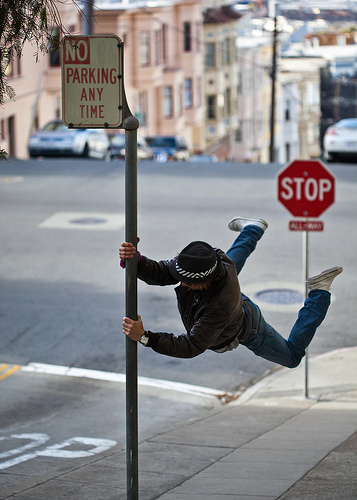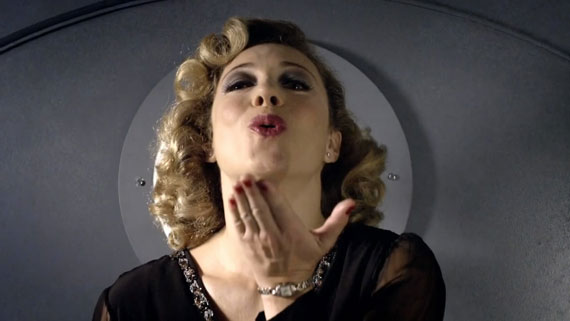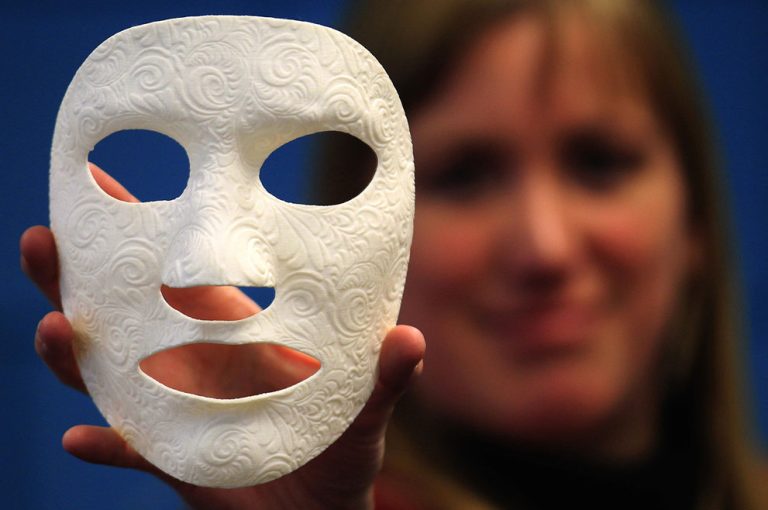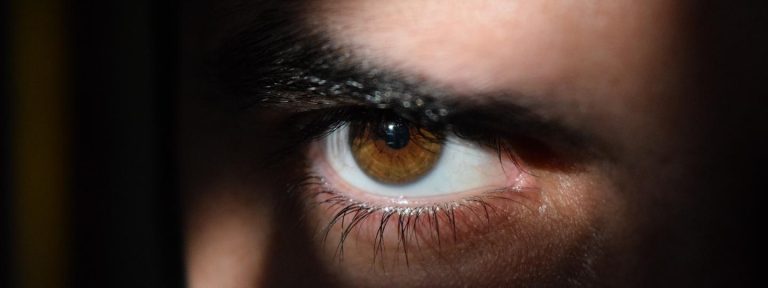Setting Your Characters in the Proper Setting
During this year of delving into the heart of your story, I’ve only touched a little on setting. I haven’t been ignoring the topic, although by now you may have been wondering about that. Setting is so important to your book, and all too often writers practically ignore it in their quest to unveil a great plot or take the reader on a character’s journey.
But stop and think for a moment about yourself and the world you live in. Each moment you’re alive, you are interacting with your setting. At times, where you are is inconsequential and unimportant to what is going on in your life at that moment. You could be in a coffee shop, at the top of a mountain, or waiting at the dentist’s office to get your teeth cleaned and it wouldn’t matter in respect to what you may be going through, feeling, thinking, or desiring at the time. Much of our lives we are in mundane places, doing mundane things.
But do readers want to read about that? Do you recall what I said months ago about books that portray ordinary people? I said ordinary people are boring—and so are mundane, boring settings. No one wants boring.
So, does that mean in every scene in your book you must have a unique and riveting setting so as to keep the reader from being bored? Of course not. If we did that, the setting would be screaming and the reader would have trouble hearing what the characters have to say. If you want to portray a character living a normal kind of life, you are going to have scenes where you show her in fairly ordinary settings—like her kitchen, or at the grocery store, or walking down a sidewalk.
There will be times when your setting is just a backdrop to the scene unfolding. You may have an intense confrontational dialog happening at restaurant or on the beach, and you want the focus to be on what’s being said, and how the characters are interacting. That’s all well and good. But when you also weave the setting in with what else is going on in the scene, and choose a setting that will enhance what’s going on with your characters, you will add richness and texture to your novel.
Put Your Characters in a Place on Purpose
I want to urge you to stop and think before you create a scene: Where is the best place I can put my character to have this scene unfold and lead to the important moment revealed in this scene? Rather than pick something off the top of your head, which is what a lot of writers do in their rush to put a scene down, you will find if you deliberately and judiciously choose a setting that will best serve the interests of your plot and your character’s need for that scene, you will have a much more powerful novel. Once you learn some great tips and techniques about setting, I hope you will see the importance of doing this, and enjoy the challenge as well.
There are so many ways to deal with setting, and so I’m going to take a few posts to go into the exploration of this topic and show you ways you can utilize setting and bring it alive for your characters (or rather, have your characters bring the setting alive). Setting can be a great tool to reveal a character’s mind-set and mood. You can use setting as a vehicle or trigger to aid your plot.
By putting your character in a specific place, you can make certain things happen that will enrich your story. If you have two people sitting around talking while drinking tea (Donald Maass screams, “No, no, no!”), you might think of a better setting in which to put your old ladies so that something can happen or influence their conversation or interfere with them to add complication to the story, or to reveal something important about one character’s personality, needs, fears, or dreams.
Places in Your Past That Evoke Feeling
Think about some places in your past. Maybe a place from childhood that you visit once in a while—a place that stirs memory. Even a similar place can evoke memories, and so settings can evoke emotions and memories in your characters as well. In some novels, setting is almost the star of the show, like Pat Conroy’s The Prince of Tides. In books like this, the way the characters interact with their setting is crucial to the story. Many authors are known for their books set in a particular town or locale. But if you are not writing that kind of book, you may think that setting really isn’t important at all. And it may be that the kind of novel you are writing could be set pretty much anywhere, or in any small town, or large city.
In many of my novels I pondered long and hard as to where I should set the story. Oftentimes I knew I needed a city backdrop, but which city? With Intended for Harm, my modern-day Bible rendition of Jacob and Joseph, I waffled back and forth between LA and SF—two cities I was very familiar with. But I decided to go with LA because I’d grown up there and felt I could capture the era of 1971 to present day the best by drawing from my own experiences. But I could have set that novel in any city. Yet, once I made that choice, I knew I would have to make that setting live inside my characters as they lived there in my story.
You may choose a familiar place in which to set your novel, and we’ve all heard the line about how we should only write about what we know (which I don’t agree with). But, when we write about a place we know, we can save ourselves a lot of work researching, and we can often bring believability to that place because of our experience there. What I’d like you to think about, though, as we start going deeper into setting, is how certain places make you feel and why. We link setting to events in our lives, and those events contain an emotional content. And this is what I want to leave you with until next week’s post.
This week, think about places where you’ve lived. Try to lock on to a few memories of very specific spots, like a park or school ground, that is linked to a powerful memory. Maybe it’s a very ordinary place that wouldn’t mean anything to anyone else, but it holds a special meaning for you. Think of a place where you felt hurt, where something happened that upset you, where an embarrassing or hurtful incident occurred. Close your eyes and see what you notice about the details about that place. Next week we’ll go into our characters and how this can be important for them.












Great post. I like your point about choosing a setting specific for each scene, based on its importance to that scene or the characters within it. A conversation in a crowded coffee shop might be different from that same conversation between the same characters if it took place in a bedroom. This is a great reminder to make everything about the story count. 🙂
I’ll keep that in mind for my scenes in my current WIP. Setting in general in my current book is key, because it takes place partly in northern Finland (an area foreign to some of the characters) and a fantasy world (an area foreign to all of the characters). But the little things about the setting of each scene can still be important, and can enhance or detract from the scene. Thanks for exploring this subject!
I love this – in two of the projects I’m plugging away at, I have used places I’ve visited which evoke specific memories and feelings. In placing my characters against these backgrounds, I hope to add weight to their experiences.
Well-said! I just posted your URL and lead on the Christian Poets & Writers blog. Glad you’re a member! God bless.
Thanks!
CS,
One technique I use to teach students relies on the SPICE formula I like for worldbuilding. The letters stand for social, political, ideological, cultural and economic. Those forces that frame the pressures on the character can be used to think about the setting for major scenes, especially the opening.
For example, think about Brideshead Revisited. The story begins with Charles Ryder in an authoritarian structure of the military during a war, and moves him a short distance to where he revisits the most influential part of his life.
The setting hits on several fronts. Ryder struggled with a war to keep his close friend sane in the confrontation between his friend and his friend’s family. Yet the estate held hopes for Ryder as he shared precious moments with his friend.
The opening scene places Ryder in a similar war against social norms where he pushes back versus the officer who instructs a humiliating haircut on a fellow soldier. He feels saddened at the loss of innocence during the episode, but keeps his frustration hidden from others like as he functioned in the past. Then the mist covers the fact that they approached the estate he cherished in the past.
The setting works because the character’s social, political, and cultural essence was tied to that spot, even years later.
Let me know your thoughts,
Tom
Nice post for the beginner writers. I think the key is to let your characters act as they will, which is to say, a bit more consistently than we humans do: decisions, political thoughts, economic ideals. Likewise, whatever “legend” you have for your character will inevitably change, at least a bit but probably wildly, when you get into your story and really discover — through the action-reaction between all your characters — who this person is. That can take 50 or 200 pages.
The point is, creative storytelling is always a discovery process, and not chaining slaves to a wheel. The more you “outline” the less you’ll be able to let the beauty of your characters (and place and motif and symbolism) develop.